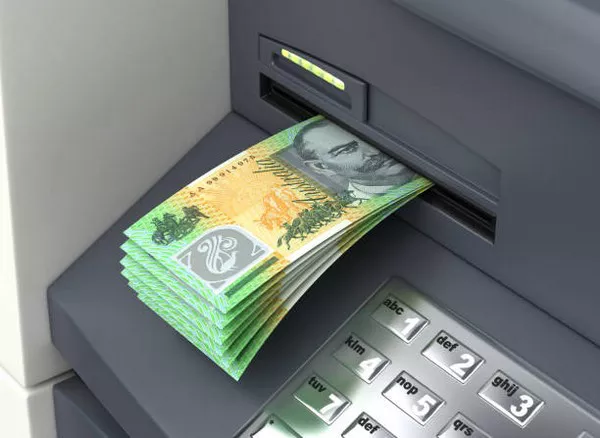During European trading hours on Monday, the AUD/JPY pair continued its ascent, reaching around 101.90, supported by a positive sentiment surrounding the Reserve Bank of Australia (RBA). This optimism among investors has bolstered the Australian Dollar, lending strength to the AUD/JPY cross.
The RBA is expected to maintain the cash rate at a 12-year high of 4.35% in its upcoming meeting on Tuesday. However, market expectations suggest a potential reintroduction of a soft tightening bias, especially following last week’s higher-than-expected inflation data, as reported by The Australian Financial Review.
Australia’s inflation experienced a decline in the first quarter, marking the fifth consecutive quarter of deceleration, albeit surpassing forecasts. Notably, the monthly CPI indicator in March accelerated, defying market expectations of no change.
On Monday, the Japanese market remained closed due to a national holiday, leaving intervention risks unresolved. Last week, the Japanese Yen (JPY) appreciated amid potential government intervention by Japanese authorities. According to Reuters, data from the Bank of Japan (BoJ) indicated that Japanese authorities may have allocated approximately ¥6.0 trillion on April 29 and ¥3.66 trillion on May 1 to reinforce the JPY.
Despite these intervention efforts, the underlying market dynamics continue to exert bearish pressure on the Japanese Yen. Throughout this year, the JPY has faced downward pressure due to the Bank of Japan’s persistence in maintaining ultra-low interest rates, contrasting with elevated borrowing costs abroad. Consequently, traders have been incentivized to borrow the domestic currency and invest in higher-yielding foreign currencies.


